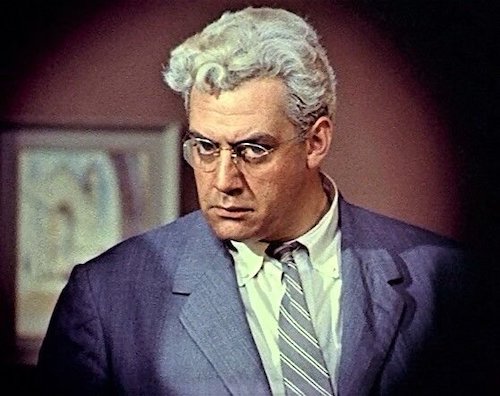I was about four years old when I first watched Rear Window, and I remember thinking that the bad guy looked like Perry Mason. I was too young to understand that it was the same guy.
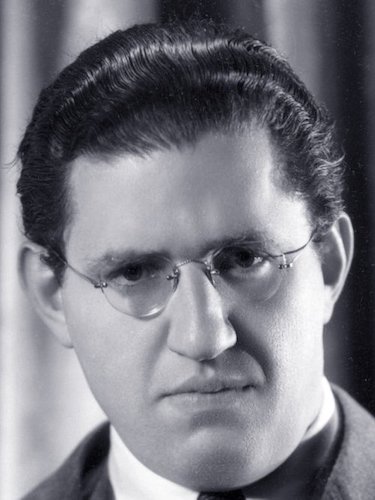
I definitely didn’t know that Alfred Hitchcock styled Raymond Burr to look like producer David O. Selznick (Burr and Selznick pictured to the right, respectively). The two worked together on Rebecca but by 1954 they were not getting along. Perhaps it’s an apocryphal story, but the resemblance is undeniable.
The film is full of details, planted for the viewer to find. L.B. Jefferies, as a photographer, is a voyeur for a living. For him to apply his skill to solving the murder next door isn’t such a stretch. But Hitchcock makes us the voyeurs by dropping clues and encouraging us to comb over the details he has made so visible for us.
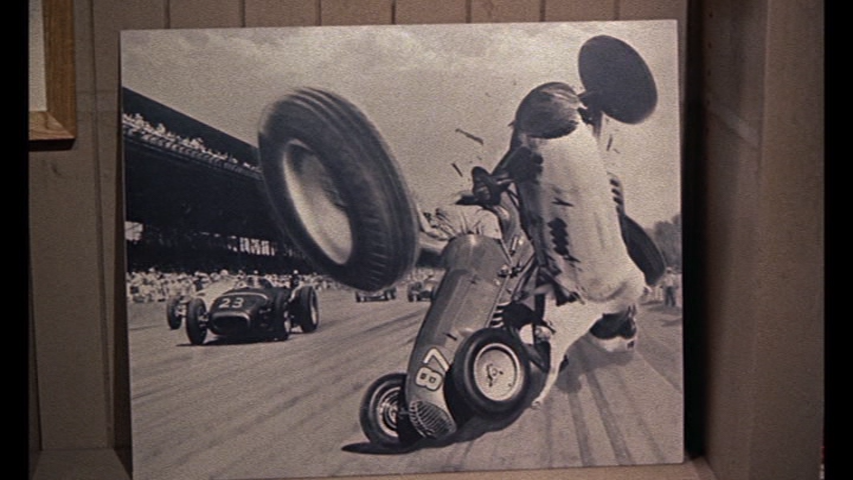
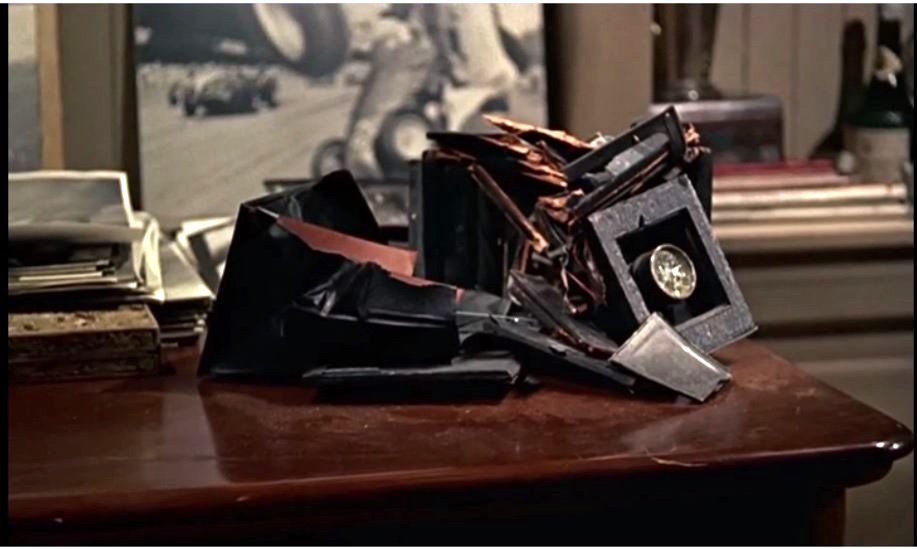
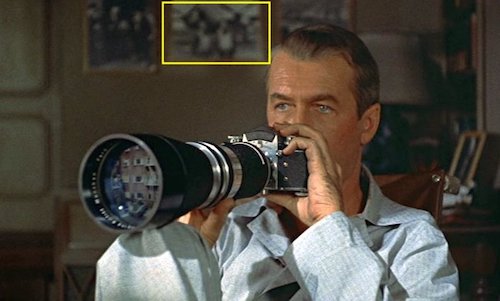
Jefferies, Jimmy Stewart’s character, is a photographer with a history of derring-do. In fact, he’s in a wheelchair because a racecar left the track while he was shooting it. Looking at the wall of photos near his apartment door, you can see what is probably the fateful moment before the impact. You can also see the broken pieces of the camera itself. If you look carefully, you can also see a picture of World War II pilots in their flak jackets as well, and it’s likely a real photo of Stewart with his squadron. Stewart served as a fighter pilot.
Look for the visual differences in L.B. Jefferies and his old friend Tom Doyle. Doyle is clear-eyed, in a pressed suit, with slick, Brycleemed hair and a fresh shave. Jeffereies is rumpled, bleary, and ranting about a murder no one saw. Their contrast is nearly as stark as that of Lisa Fremont and Stella. Grace Kelly in designer dresses versus Thelma Ritter in sensible shoes.
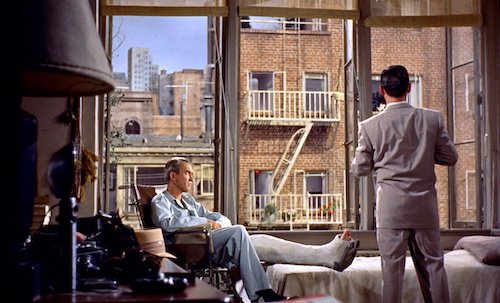
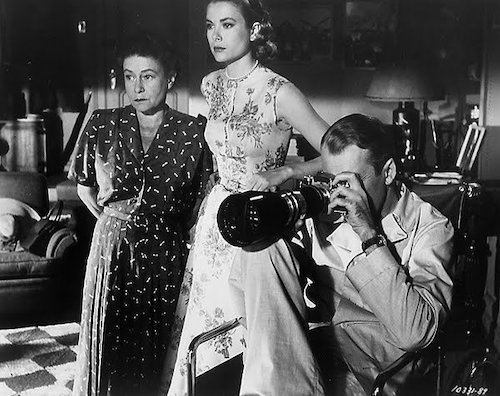
The film takes place during a searing heat wave in New York City before the days of residential air conditioning. The apartment dwellers all have their own ways to try to stay cool. One couple takes to sleeping out on their fire escape to try and beat the heat. The actors were separately directed by Alfred Hitchcock and deliberately given contrasting instructions. The result was a confused tug-of-war around the mattress, adding to the humor and spontaneity to the scene.
All of the apartments across the courtyard were real. It was all created on a soundstage with controlled lighting to imitate various times of day. Some had running water and working lights, which no doubt made it more comfortable for the actors who spent long hours on the set. The action in each apartment was carried out live on set. They were cued by the director via hidden earpieces.

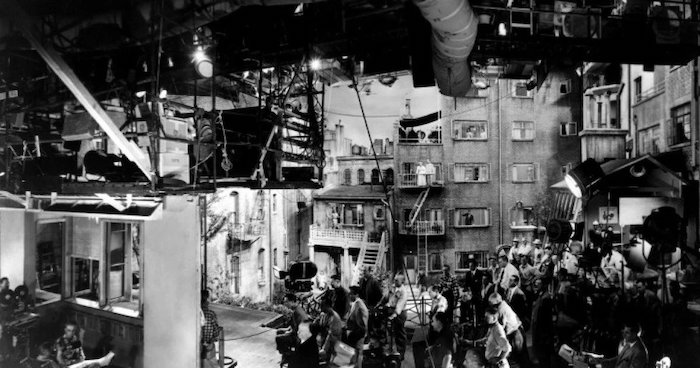
“Miss Torso” was played by model Georgine Darcy at just age 17. She was never given choreographed scenes because Hitchcock wanted her dancing to seem natural and unscripted. It was her screen debut and is probably her most iconic role, despite a continued career on film and television.
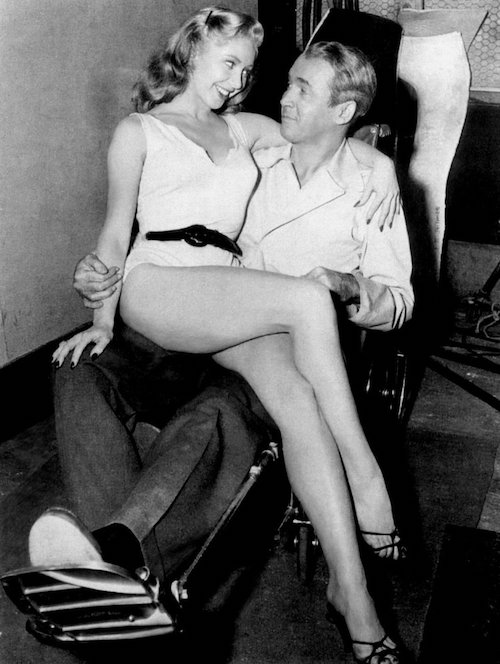
The composer provides all of the music in the film (except for the opening credits). In fact, all of the sound in the movie is ‘diegetic’, meaning it comes from within the action on screen rather than layered over later for effect. The songwriter’s struggling artist character arc is expressed through this musical presence so accurately because he was played by real musician Ross Bagdasarian. He became known for composing the 1950s cabaret favorite “Come On-A My House” and the perennial Christmas classic “The Chipmunk Song.”
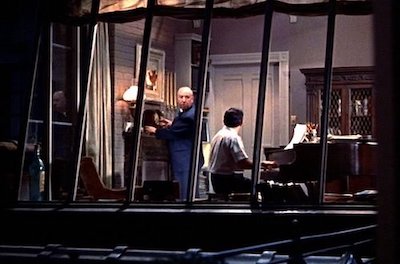
As I got older, I learned about Hitchcock’s joke of giving himself cameos. I would rewatch my favorites looking for his iconic figure. It took me a long time to find him in Rear Window, because I was focused on the wrong place. Which is exactly what he would have wanted, I think.
What details have you noticed in Rear Window?
Originally written for DVD Netflix

